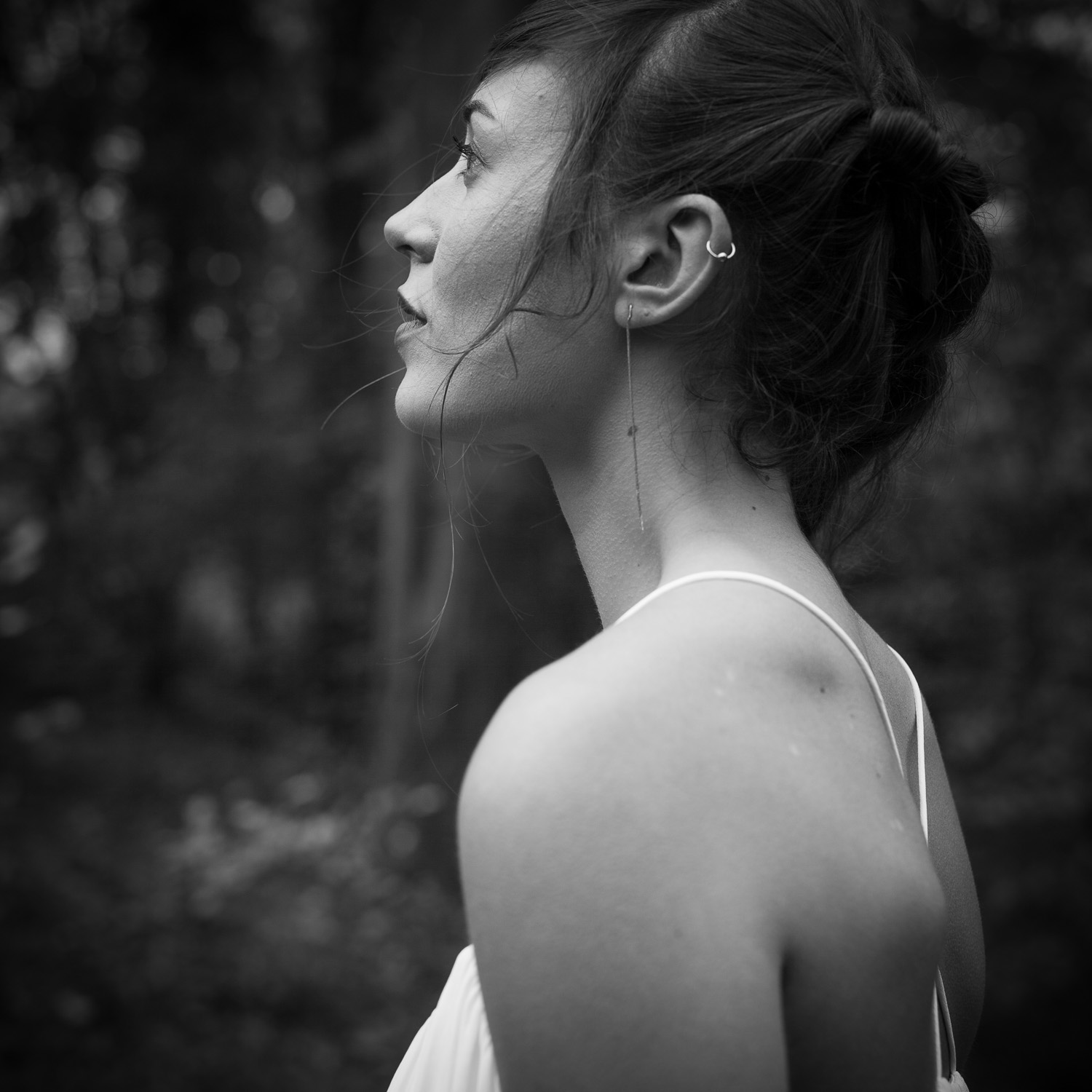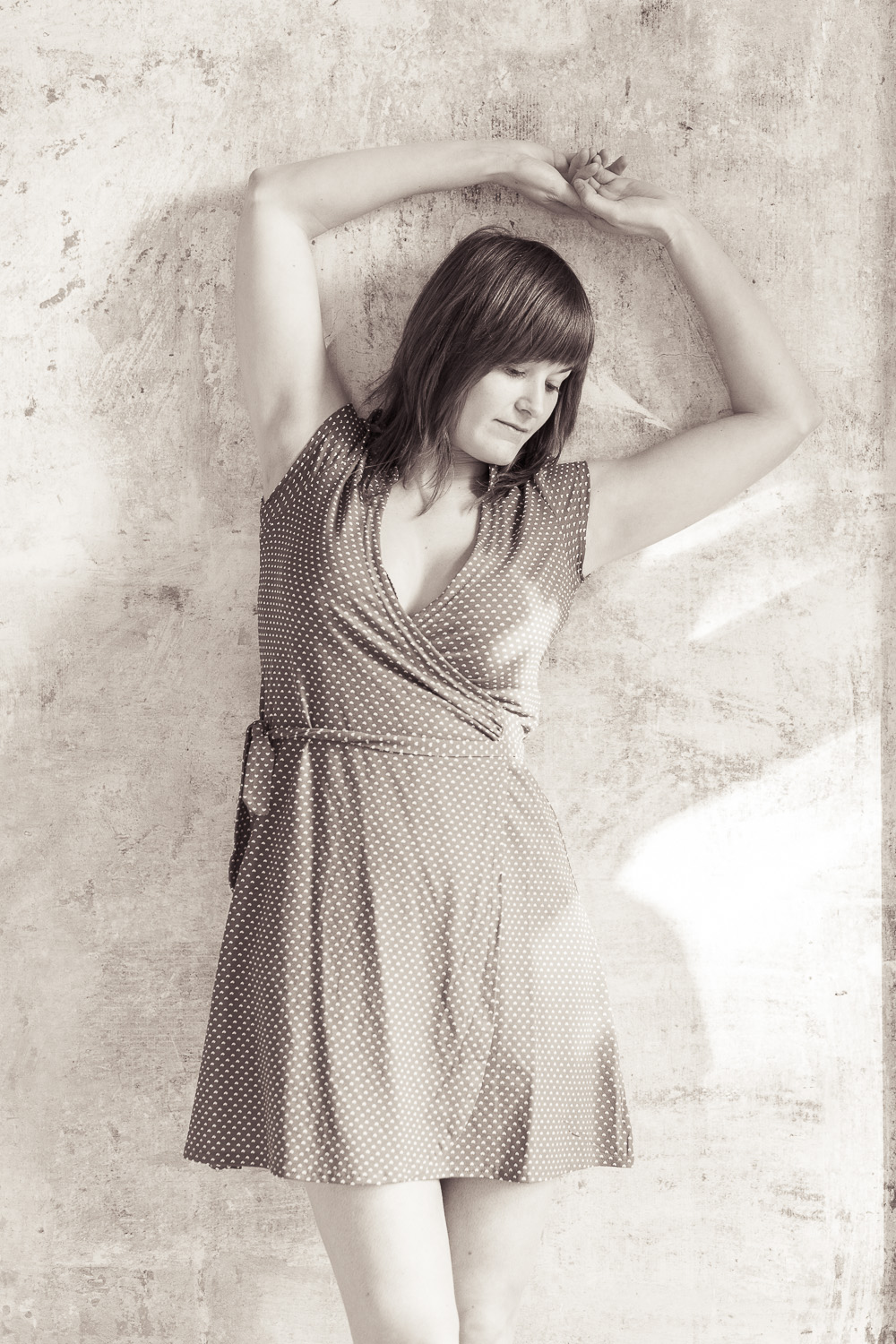In my evening classes photography, I often am confronted with students wrestling to make final selection decisions. Either for class-related photography, or for their own assignments or private photo experiments.
I had an interesting discussion about this last Thursday, with one of my groups. The question that came up was: “Do you have your clients, in my case my models or my corporate clients, take part in the final selection of delivered images?” (I do corporate photography jobs too, see www.renderhouse.eu ).
I do have to admit that the selection process is a difficult task for most photographers, including me. I have made selections for three upcoming exhibits the last couple of weeks, and that still is a time consuming task. I have a quick and efficient selection method for filtering my shoots to a workable number of images, using positive discrimination as a main tool. However, this still leaves a decent number of images that results in a representative number of finished images (Usually about 10 images per shoot-hour when I shoot digitally).
A more difficult task is to further cut down the number of ‘keeper’ images over several shoots, or even more so the very limited number of exposed images in an exhibit, spanning your entire body of work.
The task being already difficult if you do it on your own, becomes even more complex when you put two personalities together, each having their own ideas and preferences when it comes to image selection. A customer often can’t decide on which of two images to keep, not talking about giving him a dozen images from which he has to pick one.
That’s why I have concluded that for me, I am my own master, I decide, and no one else but me. You can never, as a photographer, meet the expectations of every viewer of your work, especially not if you do artistic or autonomous work, incited by yourself. Your decisions should be inspired by what you wanted to make in the first place, by what you want to show after creating your work, not by what ‘your’ or ‘any’ audience wants to see.
“Hey, but you cannot do so for customer related work, where a customer expects you to answer the job requirements, can you?”
For customer related work things are the same I think, except that there you have to meet at some point the client’s expectations. Therefore a very important step in doing client’s work is to listen to your clients needs or expectations before getting to work on a job. You can either withdraw from the job if you feel you will not be able to stay loyal to your own style, or you can do the job, and select the images that you feel happy with. If your customer is familiar to your work, then he knows your style, and if you listened well, things should work out well.
below a non-published image from the series ‘Aude at Bart & Anja’s house’.
happy viewing.
ludwig


